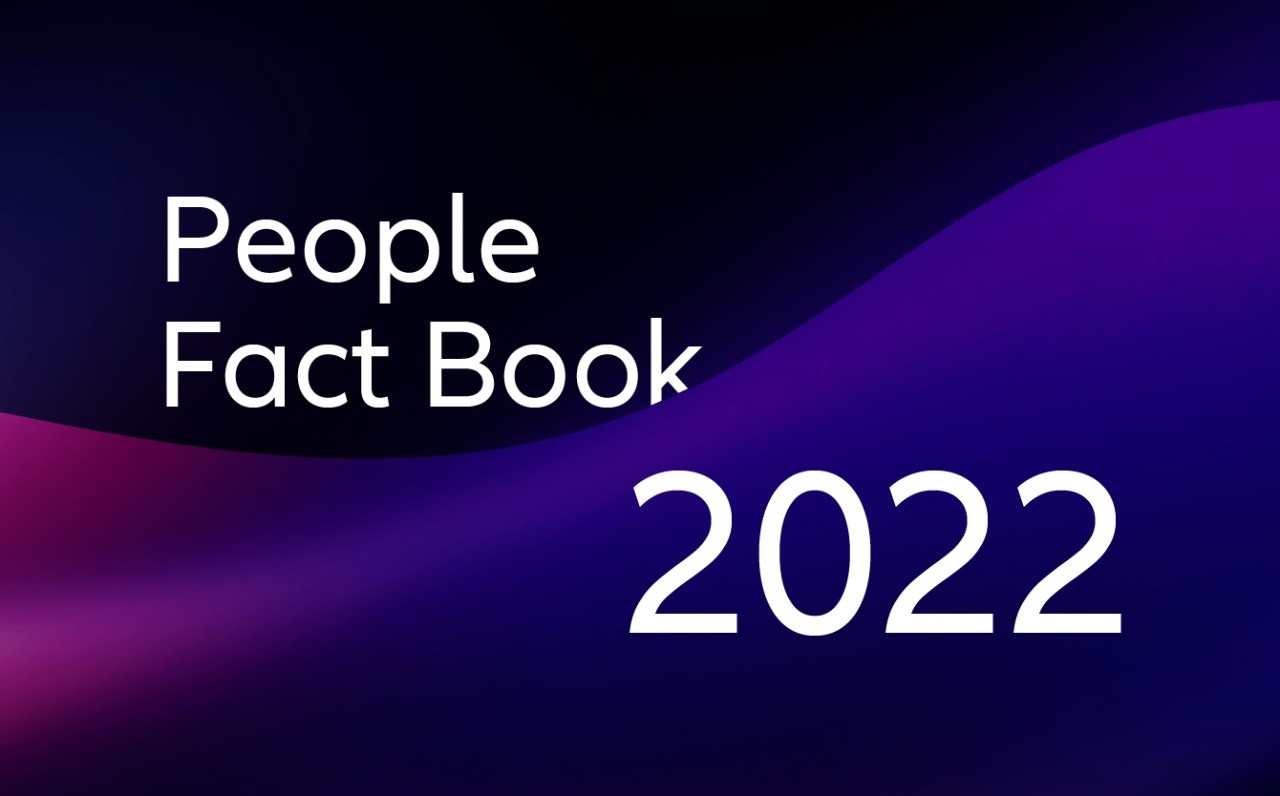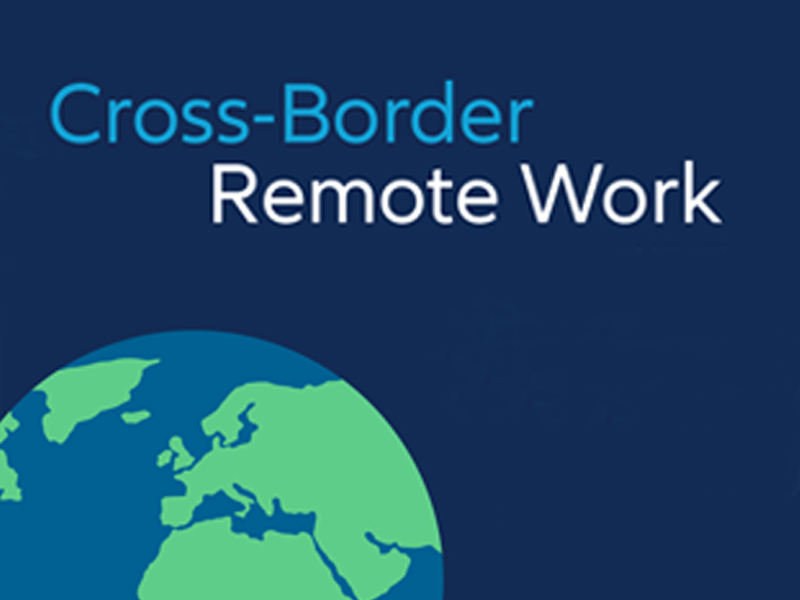Since its first edition in 2010, the Fact Book has had two principal aims, organizers explain, one internal and one external. The internal: to give all 60+ units of the Allianz family concrete ideas about how they can make their employees happier and more productive. The external: to lay the groundwork for a future in which the successful handling of such issues as diversity, inclusion, and employee engagement are recognized as core parts of corporate value, quantifiable as any financial ratio.
These goals took a dramatic leap forward last year, when Allianz became the second company in the DAX 40 to have its HR reporting processes certified under the new international standard for human capital reporting, ISO 30414. The 4C Group, a recognized management consultancy and member of the International Organization for Standardization committee that developed the gauge, conducted the certifying audit.
By following the new ISO standard, Allianz is now able to track employees’ collective productivity, diversity, health, and other HR-related metrics in a consistent way across all 60 business units. Allianz HR executives say consistency in tracking these metrics will help make employees’ contributions to the group’s success more transparent to the entire Allianz community, including its managers and investors.
In addition to its internal benefits, the Fact Book team hopes that Allianz’s example will encourage other companies. Although only three companies in the DAX stock index have achieved this certification, Koumpouli argues that Allianz’s embrace of the ISO standard will encourage other companies to identify and adopt more HR best practices, and simpler for investors and HR executives to compare HR performance.
Allianz’s Fact Book is a compendium of information about all 155,000+ Allianz employees around the world. It is divided into seven chapters, each of which corresponds to one of Allianz’s biggest HR initiatives of the year, such as promoting diversity and mental health and well-being. Producing the Fact Book is always an enormous undertaking, organizers say, involving contributors from all 60+ business units as well as the work of a seven-person analytics and editorial team. It covers a variety of HR metrics compiled according to the ISO rules, including the percentage of female employees (52% overall but 39% of managers), average number of sick days (6.9, same as 2000), and degree of engagement (76% of employees are highly engaged at work, slightly below last year but 4% higher than 2019),



